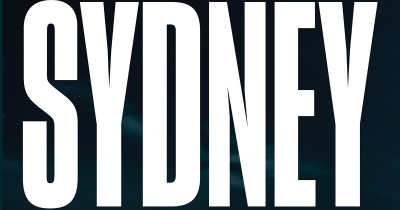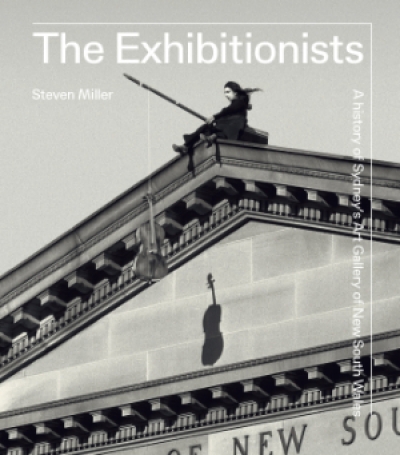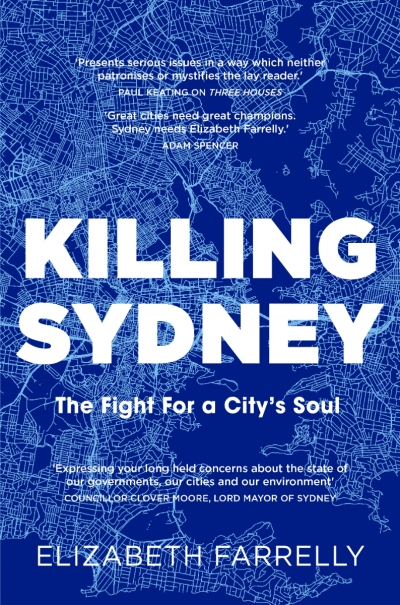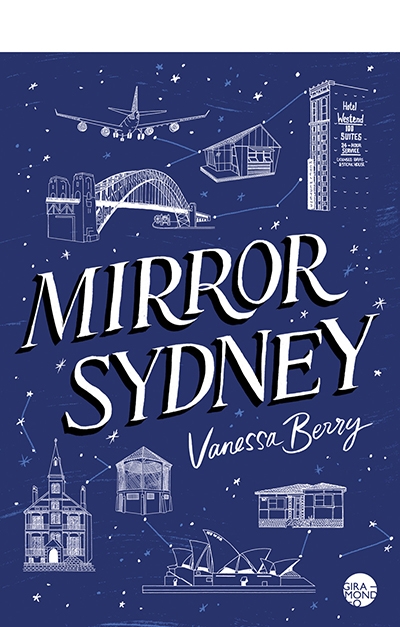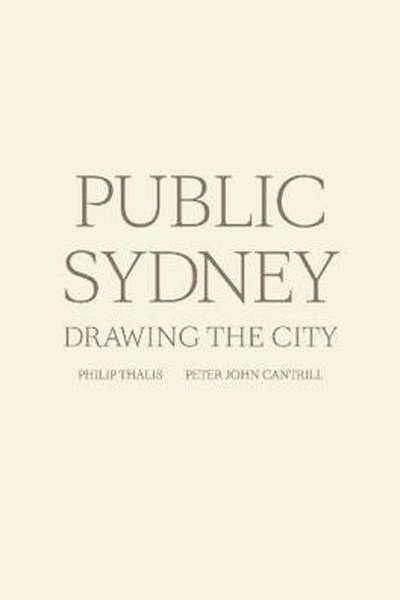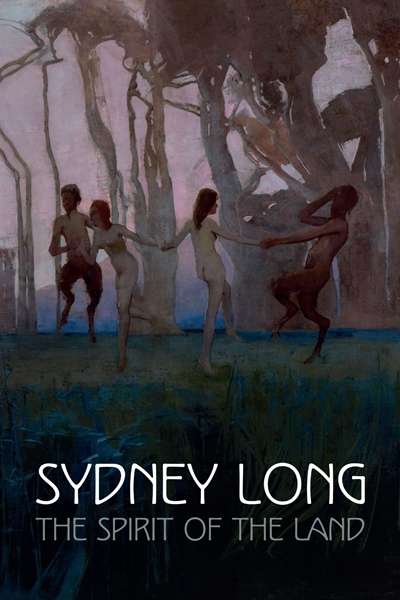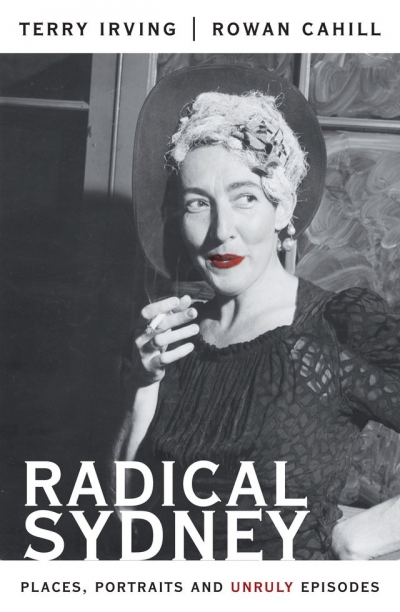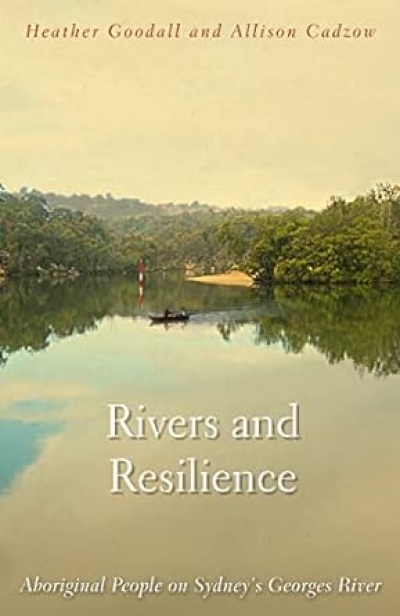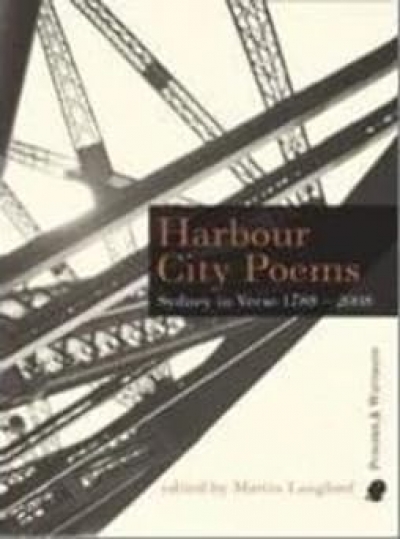Sydney
The Exhibitionists: A history of Sydney’s Art Gallery of New South Wales by Steven Miller
by David Hansen •
Killing Sydney by Elizabeth Farrelly & Sydney (Second Edition) by Delia Falconer
by Jacqueline Kent •
Public Sydney: Drawing the City edited by Philip Thalis and Peter John Cantrill
by Philip Goad •
Sydney Long: The Spirit of the Land by Anne Gray
by Steven Miller •
Sydney by Julia Horne and Geoffrey Sherington & From New Left to Factional Left by Alan Barcan
by Richard Broinowski •
Radical Sydney: Places, Portraits, and Unruly Episodes by Terry Irving and Rowan Cahill
by Don Anderson •
Rivers and Resilience: Aboriginal People On Sydney’s Georges River by Heather Goodall and Allison Cadzow
by Michael Cathcart •
Harbour City Poems: Sydney in Verse 1788–2008 edited by Martin Langford
by Gregory Kratzmann •

